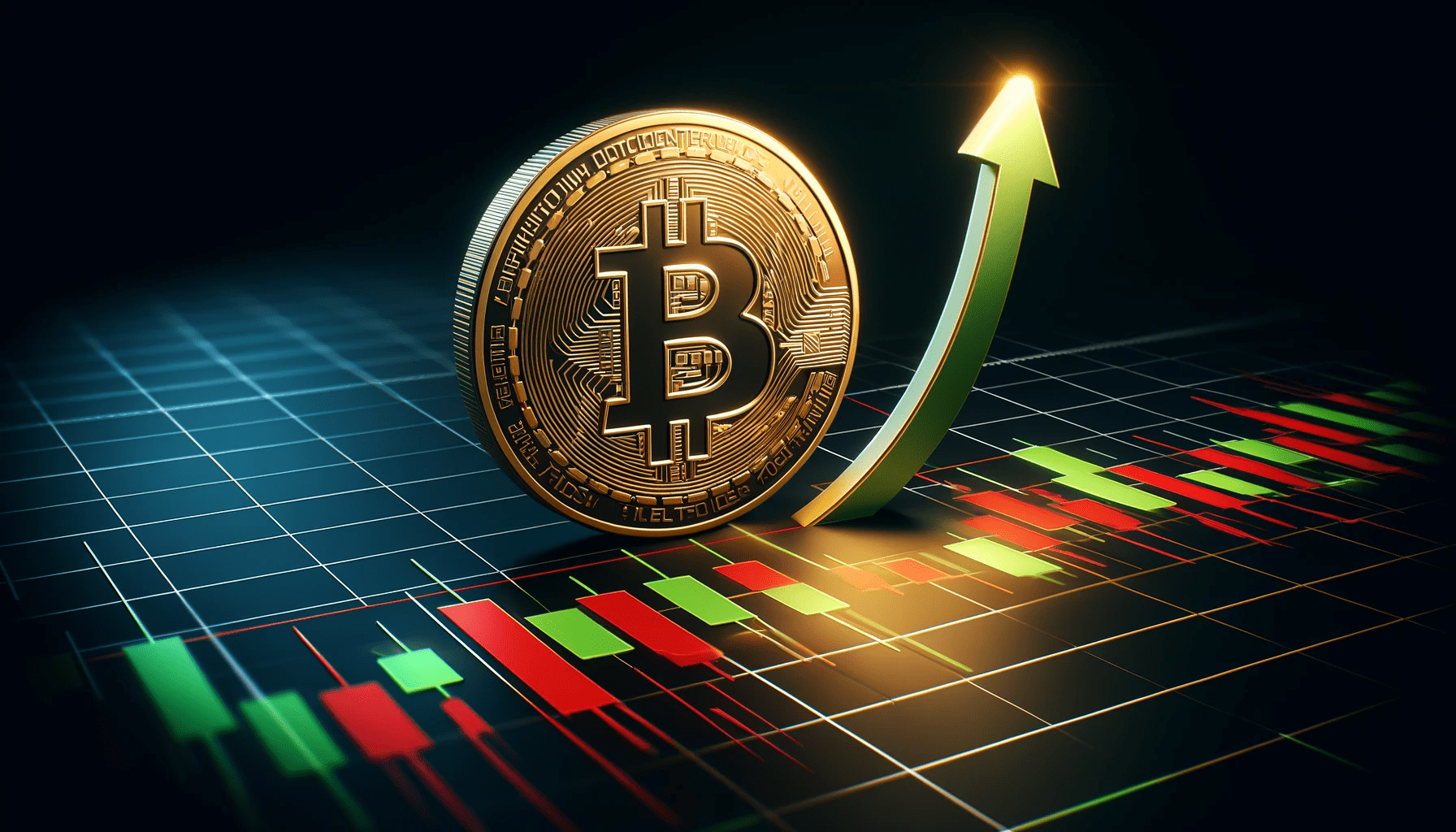
Bitcoin Surge Continues—Leading Expert Forecasts $150,000 Price Target
Reasons to Believe
Rigorous editorial standards that emphasize accuracy, relevance, and neutrality
Expertly crafted insights from industry veterans, thoroughly evaluated
Commitment to highest principles in reporting and dissemination
Rigorous editorial standards that emphasize accuracy, relevance, and neutrality
Morbi pretium leo et nisl aliquam mollis. Quisque arcu lorem, ultricies quis pellentesque nec, ullamcorper eu odio.
In a recent episode of The Bitcoin Layer, host Nik Bhatia welcomed on-chain analyst James Check, popularly known as “Checkmate,” to analyze the factors that propelled bitcoin beyond six figures and to discuss his belief that the market is oriented toward a price of approximately $150,000.
Check opened his discussion with a broad macroeconomic perspective. He indicated that following the 2008 financial crisis, the strength of the dollar represented a significant upward trend, favoring overseas investors who convert currencies, purchase dollars, and invest them in US equities. However, he posited that this period is transitioning into a “sound-money dominance era”:
“One of my preferred visuals is the S&P 500 adjusted for gold. Historically, there have been ten-year periods where equities outperform gold, followed by a decade where gold prevails. Since 2022, this pattern has shifted in favor of gold, and we are witnessing the emergence of a mature, trillion-dollar bitcoin alongside it. The foundational principles are evolving, and this transformation won’t occur instantly—it may take a decade or longer to fully manifest.”
Bitcoin’s Path to $150,000
The dialogue swiftly transitioned from macroeconomic factors to market dynamics. Following a spring downturn that dropped values from the mid-$90,000s to mid-$70,000s—an “air pocket” with minimal historical transactions—bitcoin efficiently reclaimed the concentrated supply area near $95,000.
Related Reading
“Investors chose to remain patient and let the market settle. Many who had purchased at $100,000 saw the price drop to $75,000, bought again, and are now seeing gains overall. Such actions reflect a considerable boost in confidence.”
Shortly after this stabilization, the market achieved a local high around $105,000. For experienced investors, the psychological shift was evident. “For the last decade, $100,000 was the target,” Check stated. “Now it serves as a foundation. Bitcoin has demonstrated its rightful place at a trillion-dollar market cap, surpassing silver, and it feels completely appropriate among the top five monetary assets globally.”
Check’s quantitative analysis relies on the market-value-to-realized-value (MVRV) ratio, which measures price against the overall on-chain cost basis. By translating historical MVRV extremes into forecast levels, he estimates this cycle’s statistical threshold to be close to $166,000: “If the price reaches $166,000, my objective analyst self must recognize we are two standard deviations above the average, a level we’ve only maintained five percent of the time.”
This range—approximately $150,000 to $160,000—indicates where he anticipates the initial significant wave of profit-taking will occur. However, this level remains feasible because it is grounded in actual behavior rather than the supply-halving timeline: “MVRV tends to peak at certain levels for a reason. When individuals view their portfolios with positive numbers, many will opt to sell. You don’t need every investor to sell—just enough to surpass new demand.”
Derivatives, “Time Pain,” and Halving Events
A developing derivatives market is crucial to Check’s hypothesis. He predicts that perpetual-swap funding rates could exceed 20 percent annually as bitcoin approaches $150,000, attracting basis traders to short futures and capitalize on the premium. Meanwhile, options desks stand to benefit from substantial volatility premiums through call selling.
“Large asset managers are compelled to hedge. If they can’t offload a billion-dollar position via options, they won’t take that position initially. Derivatives aren’t masking demand; they form the infrastructure that enables significant capital to invest in the asset.”
Related Reading
These instruments also modify the nature of corrections. Unlike the 40% drops experienced in 2017 that rebounded within days, today’s market tends to favor milder, prolonged consolidations—situations that create what Check refers to as “time pain.” “Depth pain is straightforward to measure—your assets are 30% under water. Time pain is subtler. Extended periods of stagnant price action can wear investors down, and boredom can lead to selling.”
One of the most notable aspects of the interview was Check’s deliberate departure from the traditional four-year halving cycle model. After analyzing the pullback in August-September 2023, the mid-2024 trading range, and the most recent downturn, he concluded that the cost basis for short-term holders now acts more as a mean-reversion anchor than a strict floor or ceiling.
“Investors are increasingly using bitcoin as a response to the global situation rather than the other way around. Macro sentiment—rather than pre-scheduled supply changes—is driving the significant flows.”
Treasury Involvement and the Confidence Mechanism
When observing corporate treasuries, ETFs, and other major holders, Check broadens his perspective to evaluate a 30-day change in realized cap—the clearest indication of net dollar inflows. He pointed out that even during ETF outflows in March and April, nearly corresponding declines in CME open interest suggested “mechanical cash-and-carry unwind processes rather than a loss of conviction.”
Wrapping up the discussion, he returned to fundamental principles: “Markets operate as vast confidence mechanisms. The cycles of the dollar, rotations between gold and equities, and the costs associated with hedging all directly influence bitcoin order books, option pricing, and on-chain accounting. The pivotal question remains: what is the fair macro premium for digital sound money?” For James Check, the charts suggest an answer: approximately $150,000 where the confidence mechanism is likely to face its next major challenge.
As of the latest update, BTC was priced at $102,573.
Featured image created with DALL·E, chart details from TradingView.



















Post Comment